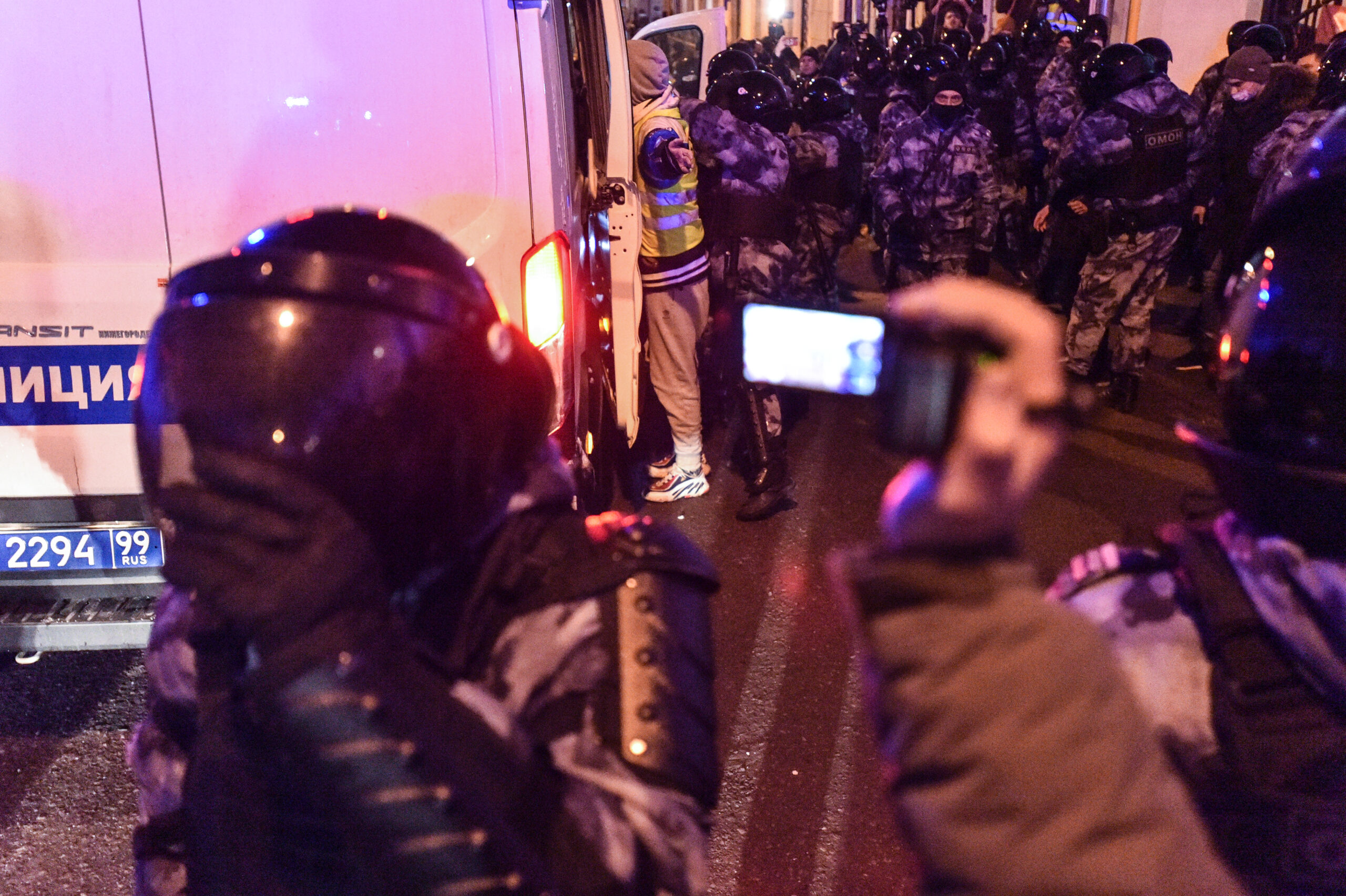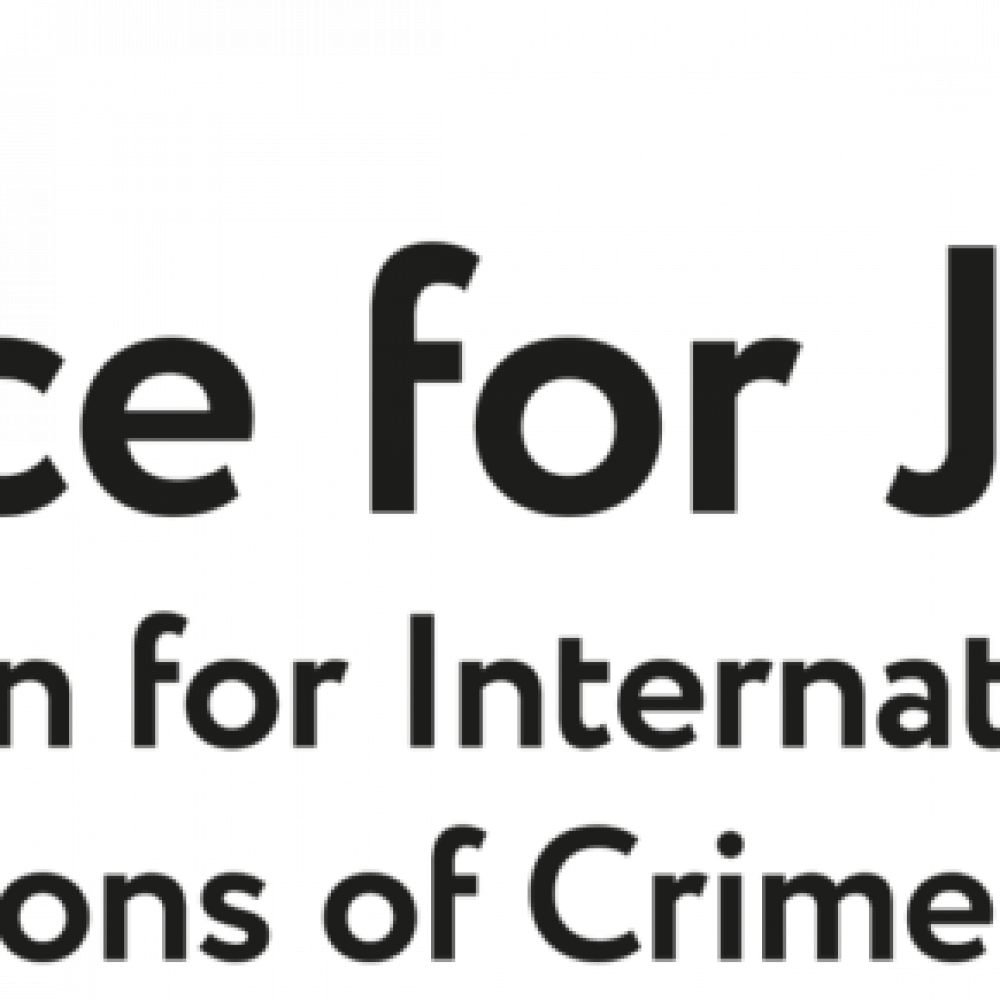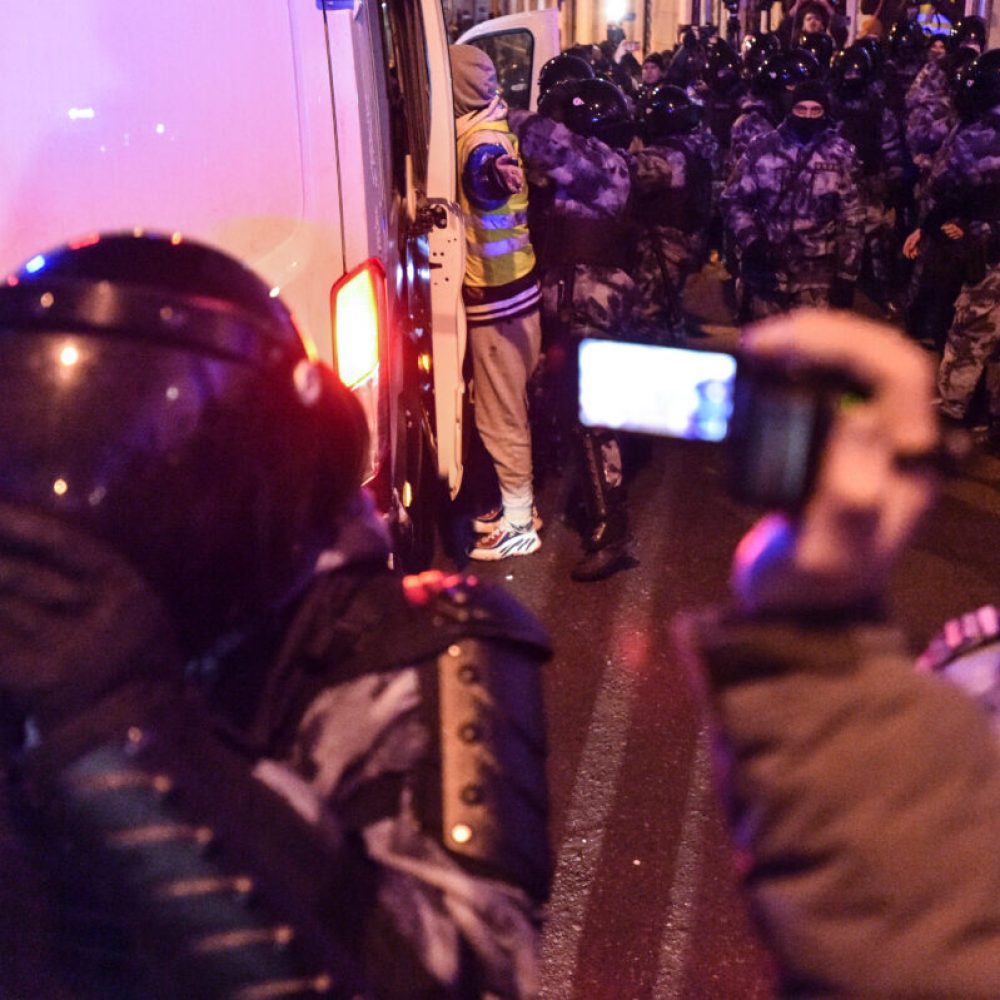London, June 14 2021 – According to the Justice For Journalists Foundation’s Report, 4,611 attacks on media workers were registered in the post-Soviet region in 2020. This figure is two and a half times higher than that in 2019 – 1,907. The increase was mainly due to attacks via judicial and/or economic means that accounted for 73% of total attacks. Representatives of authorities remain the main source of threats to media workers: they were behind 57% of physical attacks, 52% of non-physical and cyber-attacks, and 88% of attacks via judicial and/or economic means.
The main factors contributing to the deterioration of the environment for the journalists in the region were:
- New laws and regulations restricting media workers’ access to information and freedom of movement under the pretext of the COVID-19 pandemic and the fight against so called ‘fake news;
- Protest activity and rallies against the worsening of the political, economic and social situation;
- New severe penalties for cooperation between local and foreign media and NGOs;
- The openly hostile attitude of some governments towards independent media.
The Justice for Journalists Foundation together with its partners from 12 post-Soviet states (except the Baltic States) carries out daily monitoring of attacks on media workers and publishes the incidents on the Media Risk Map in Russianand English. Data are available from 2017 onwards. Each incident is verified by three independent sources and catalogued under one of the following categories:
- Physical attacks and threats to life, liberty, and health
- Non-physical and/or cyber-attacks and threats
- Attacks via judicial and/or economic means
In 2020, Justice for Journalists Foundation introduced a new category – hybrid attacks in order to more precisely present the combined assaults on media workers. We are calling systematic persecution of publications or media workers with the use of tools from two or more categories of assaults – physical, non-physical, and judicial/economic – “hybrid”. Such a combination of means, involving and not involving force with judicial means of pressure on undesirable journalists, is carried out with a view to demoralising them or getting them to self-censor or to abandon the profession or even life itself. In 2020, JFJ recorded 534 hybrid attacks in Azerbaijan, Belarus, Kazakhstan, Russia and Uzbekistan.

In Azerbaijan, in connection with the COVID-19 pandemic, as well as the war in Nagorno-Karabakh (September – November), there was an intensification of harsh restrictive measures in relation to journalists: detentions, arrests, interrogations, searches, confiscations, and court trials. The number of physical attacks grew by a factor of 5 in comparison with 2017.
In Armenia, the number of violations of the rights of journalists and media outlets grew by a third, driven by the COVID-19 pandemic, an all-out war in Nagorno-Karabakh, and the exacerbation of the socio-political situation in the post-war period. The number of victims of physical attacks doubled in comparison with the previous year, yet the predominant method of pressure on media workers remained lawsuits with charges of insult and libel.
Belarus became the record-holder for the amount and severity of cruelty of reprisals against media workers which is connected with the revolutionary events surrounding the elections of the president. The overall quantity of recorded attacks increased nearly 8 times compared to the previous year. Security personnel in the state service are the main danger for media workers in Belarus – it is specifically such individuals who are the perpetrators in 91 instances of beatings and torture.

In Georgia, 16 of the 26 physical attacks recorded in 2020 were implemented by representatives of the authorities during the parliamentary elections: a large part of the journalists suffered from tear gas poisoning and the use of water cannons. Non-physical attacks predominated in the country, above all damage to/seizure of property, vehicles, equipment, documents, journalistic materials.
Persecutions of media workers in Kazakhstan are implemented primarily with the help of judicial and economic means, though the number of non-physical and/or cyber-attacks and threats increased as well. The online activist Dulat Agadil died in a pre-trial detention facility in Nur-Sultan several hours after being detained. The blogger Aygul Utepova and the online activist Asanli Suyunbayev were forcibly hospitalized in specialized early treatment psychiatric clinics.
The number of assaults on media workers in Kyrgyzstan nearly doubled. A record quantity of beatings of journalists was recorded because of the after-effects of the third revolution, while many media outlets’ editorial offices were subjected to assaults against the background of raider captures of ownership. The journalist Azimzhan Askarov, who had been in detention for more than 10 years, died in prison. The United Nations Human Rights Committee had previously recognized Askarov as a victim of torture, and all court decisions in his criminal case were unjust.
In Moldova, the quantity of attacks via judicial means, above all by means of charges of libel, insult, reputational damage, grew sharply in 2020. The main source of non-physical attacks/threats in relation to media workers were representatives of the authorities, holding public office at the central and local/regional levels.

In Russia, the number of attacks on professional and citizen journalists in 2020 exceeded the total aggregate quantity of attacks for the three previous years by a factor of two. The increase took place primarily on account of attacks via judicial and economic means. 8 Russian journalists died this year, including Irina Slavina from Nizhny Novgorod who committed suicide as a result of many years of bullying, two Chechen bloggers murdered in Europe and the Orenburg journalist who died while in custody.
In Tajikistan, the number of attacks on media workers on the part of the authorities increased significantly. Harassment of journalists living abroad intensified: state bodies were resorting to intimidation, defamation, and bullying in relation to them, as well as dissemination of their personal data and putting pressure on loved ones.
In Turkmenistan, the situation with political and civil liberties continued to deteriorate. The few remaining civilian journalists in the country are subjected to severe repression, including beatings, arrests and pressure on relatives. There are no protection mechanisms in the country other than international attention.
In Uzbekistan, there were more attacks/threats in relation to media workers recorded in 2020 than in the previous three years combined. The arrest in Kyrgyzstan and subsequent extradition to Uzbekistan of the journalist Bobomurod Abdullaev, who was in Bishkek in transit from Berlin, attracted considerable international attention.
In Ukraine, the most widespread method of pressure on media workers remains non-physical attacks: popular ways of intimidating and exacting revenge on journalists remain arson or damage to their dwellings and automobiles. The number of physical assaults on media workers increased by 19% in comparison with the previous year, but, unlike in the other countries of the region, in Ukraine representatives of state structures played the role of aggressors in only one incident out of every three.

